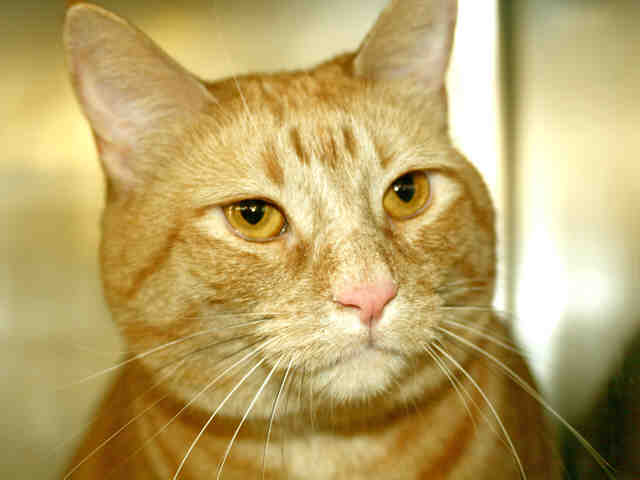Monika Lipinski did her groundbreaking study at the University of California, Davis:
"The domestic cat ( Felis catus ) is a popular household pet, but little is known of the cat's origins, history or genetic structure. We used a panel of 39 microsatellite markers to trace the spread of the modern cat from the presumed site of domestication to distant regions of the world. Genetic data were derived from over 1100 individuals, representing seventeen random-bred populations from five continents and twenty-two breeds. The Mediterranean was reconfirmed to be the probable site of domestication. Genetic diversity of cats has remained broad throughout the world, with distinct genetic clustering in the Mediterranean basin, Europe/America, Asia and Africa. Most breeds were genetically distinct and derived from indigenous cats of their purported regions of origin. Purebred animals exhibited reduced genetic diversity, however, this decrease did not correlate with breed popularity or age. We participated in an international cat comparison test under the auspices of the International Society of Animal Genetics (ISAG) to evaluate 19 of the 39 microsatellite markers for use in a parentage panel. Based on robustness and efficiency, nine autosomal microsatellite markers and two gender-specific markers were ultimately selected as a single multiplex core panel for cat identification and parentage testing. We extended the cat diversity study to focus on a single breed, the Korat, with the goal of developing a breed management plan similar to a species survival plan used in the management of captive bred animals. Using microsatellite genotypes of 145 Korats and pedigree information of 471 Korat cats, we confirmed that the breed is genetically diverse and has low inbreeding. Genetic substructure within the breed corresponding to geography was evident, and cats imported from Thailand were shown to introduce novel genetic information into the breed. The Korat may be used as an example of successful cat breed management, and lessons learned from their management strategies can be extended to the maintenance of other cat breeds. The work presented here has implications in veterinary and human medicine, population genetics of domestic animals and responsible management of animal breeds."
Wednesday, November 30, 2011
Saturday, February 26, 2011
Subscribe to:
Posts (Atom)




